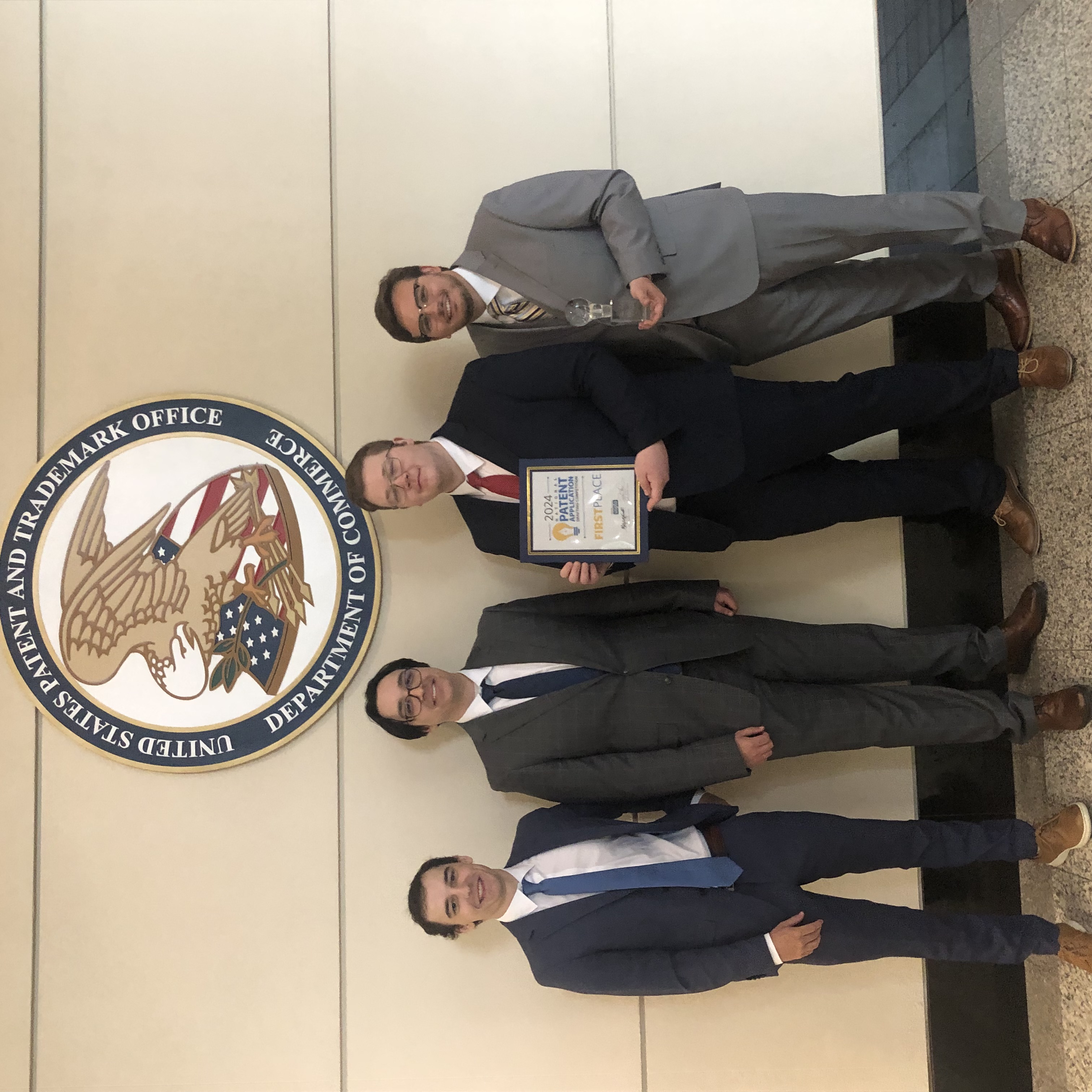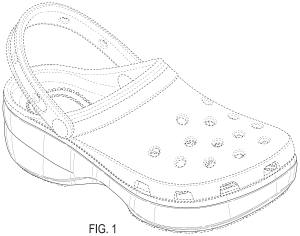by Dennis Crouch
Ikorongo Technology has filed a petition for certiorari asking the Supreme Court to overturn the Federal Circuit's heightened disclosure standard for the "same invention" requirement in reissue patents. The petitioner argues that the Federal Circuit's test, established in Antares Pharma, Inc. v. Medac Pharma Inc., 771 F.3d 1354 (Fed. Cir. 2014), directly contradicts the Supreme Court's decision in U.S. Industrial Chemicals, Inc. v. Carbide & Carbon Chemicals Corp., 315 U.S. 668 (1942). Petition for Writ of Certiorari, Ikorongo Tech. LLC v. Bumble Trading LLC, No. 23-1118 (U.S. Apr. 2024).
Reissue has long been a part of the U.S. Patent system, and today's guiding statute (35 U.S.C. 251) looks substantially the same as that enacted back in 1836. The basic idea is that a defective patent can be "surrendered" and a new patent issued "for the same invention."
To continue reading, become a Patently-O member. Already a member? Simply log in to access the full post.










